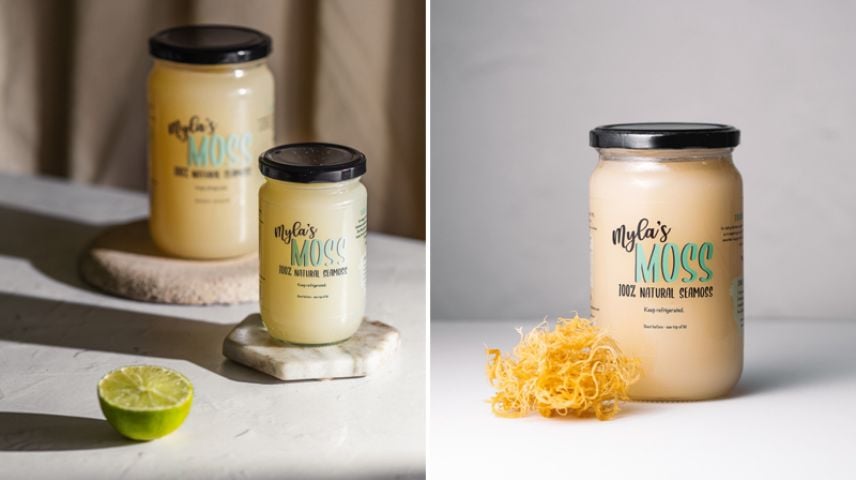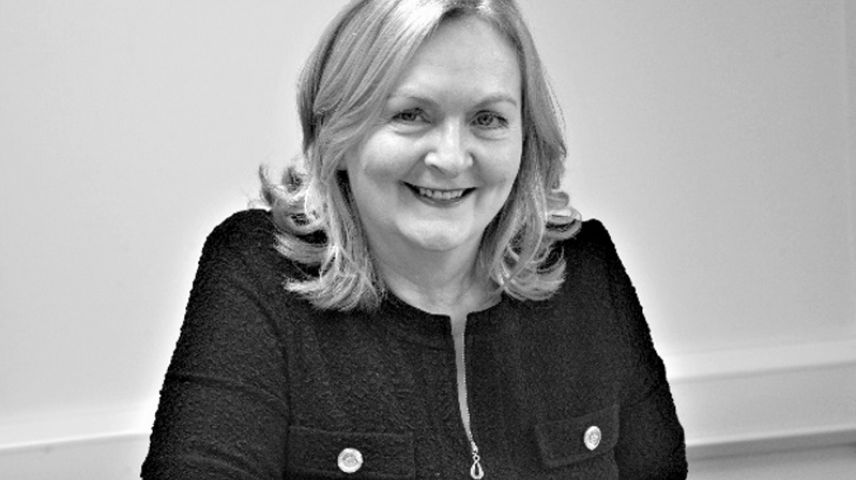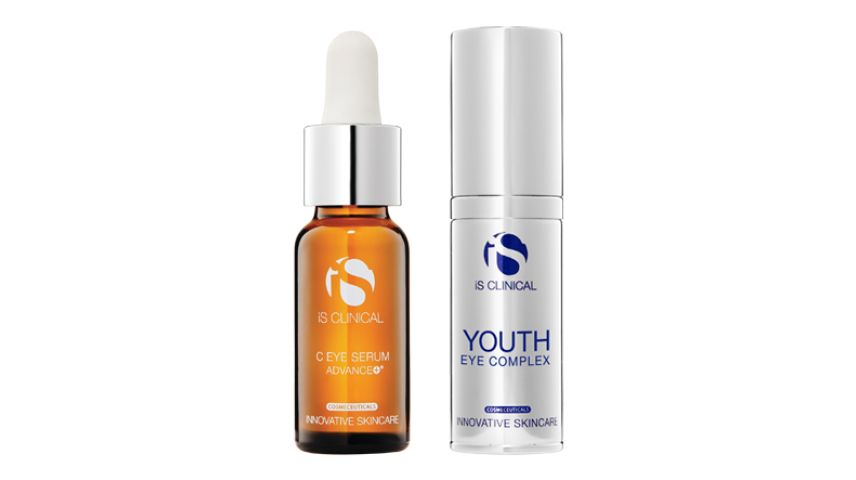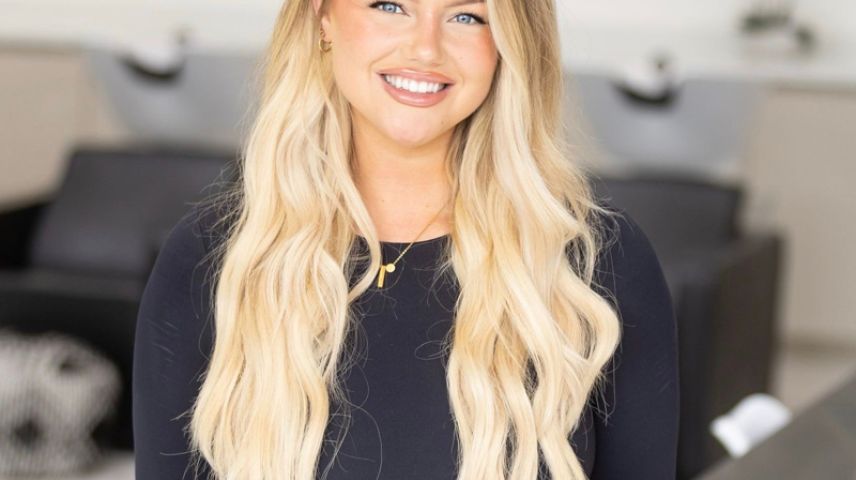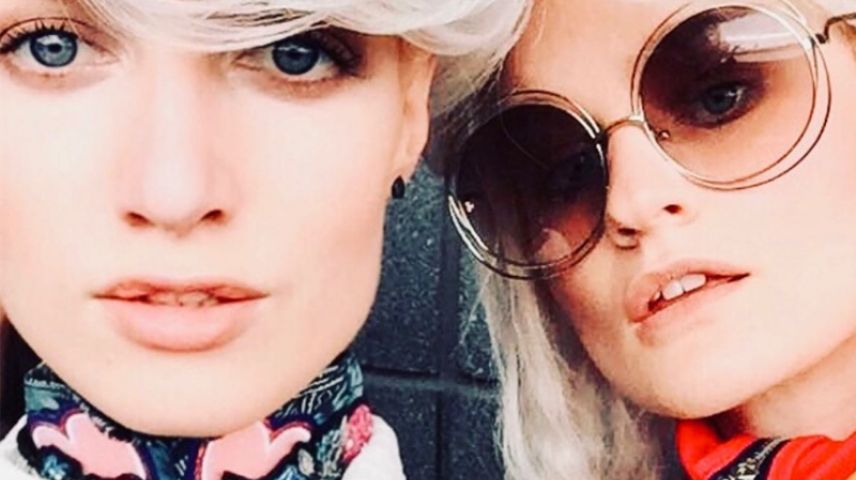Your No Nonsense Guide to Perms
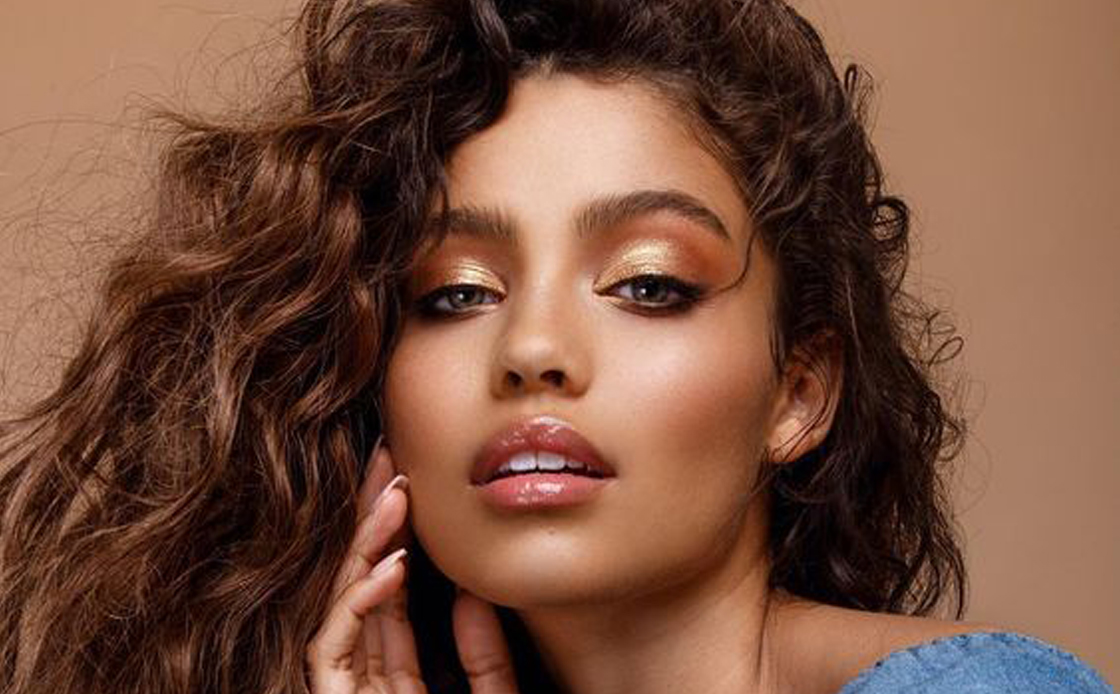
Yes we know the mere mention of the word ‘perm’ brings up so many 80’s flashbacks, from Cher and Whitney, to crunchy corkscrew curls and mousse – so, so much mousse! But thanks to new technology and well-educated stylists, the era of bad perms is thankfully a thing of the past.
If your hair is poker straight, limp and refuses to even entertain the slightest bend, then a perm could be the secret to attaining those elusive beach curls and waves we all crave.
A perm is a chemical process that is carried out by a professional stylist to alter the structure of the hair into a permanent wave or curl. Perms last around six months, so it’s important you think about the upkeep and how the perm will grow out. A consultation with your stylist will cover these issues. Be aware that if you have had a lot of previous processing carried out on your hair, then a perm may not be ideal for you. Perming over-processed, damaged hair is never a good idea. Hello frizz and breakage! If your hair is bleached or highlighted, dry and damaged, or you have very short layers, then we would not recommend you head down the perming route. It is important that you mention in your consultation all you have put on your hair in the last five years, as this will affect the perm’s outcome.
Types of perm
There are many different types of perm, so make sure you opt for the correct type to suit you and your lifestyle:
Spiral Perm: Ahh 80’s nostalgia! With a spiral perm, perming rods are placed into the hair vertically. Very small sections of hair are taken in order to create those iconic tight spirals.
Body Wave: Using much larger rods than with a spiral, hair is wrapped to create a loose curl/wave. Body waves are great for achieving movement in the hair and are ideal for achieving beachy waves. Be aware however that body waves don’t last as long as regular perms, so more upkeep is required with this one.
Spot Perm: Strategy is where it’s at with the spot perm. Your stylist will strategically place perming rods throughout the hair to encourage curls in certain areas only. This type of perm is great for balancing out already curly hair where one side tends to be ‘curl’ lazier than the other. Spot perms can be used to create subtle waves and curls in the lengths of the hair, or give more volume and texture by placing them at the roots.
Pin Curl Perm: Pin curls are great for shorter hairstyles, as they help to create lots of bounce and movement.
Multi-Textured Perm: Not sure which perm to go for or which type of curl will work best? A multi-textured perm uses multiple ways of perming throughout the hair to create different curl patterns. This type of perming gives a more lived-in effect and can be very low-maintenance.
I’m curly, now what?
Now you’re sporting your new head of curls it’s important to keep them looking great. After a perming service you should wait at least 48 hours before washing your hair – the longer you can go the better. Wash it before 48 hours has passed and you risk losing some of that beautiful bounce. Home care will be very important, and your stylist will recommend a professional hydrating shampoo and conditioner that will help keep your curls looking their best. Using a deep conditioning hair mask once a week will also work wonders for your new perm by locking in moisture and keeping frizz at bay. Finally, prepare to become BFFs with an anti-frizz serum, great for aiding in hydration and leaving you with soft, luscious curls every time.
One of the most important aspects to consider when it comes to caring for your perm is how to brush it. Using a wide-tooth comb will be your best option here, as this will not pull out the curls as you brush. Having a trim the same day as your perm will help start you off on a clean slate and give your curly ends a nice refresh.
When done well perms can look incredible and can bring so much life and character to the hair. If you are still nervous about taking the plunge, ask your stylist to carry out a strand test so you can then see how well your hair will take to the perm and what sort of outcome you can expect.
We wish you luck on your curly endeavours!

